I’ve heard it hundreds of times.
Telemark is dead, or Is telemark dead?
Well, I would agree to some degree.
Yes, it’s on a low.
It was popular around 10-15 years ago. You have to say popular with a sense of proportion. It’s always been marginal. There are no benefits. There never was.
I can’t buy new equipment around here. I live in Quebec City, an 800 000 inhabitants Nordic City in the province that counts the most ski resorts in all North America.
We love skiing in Quebec for sure.
Not telemark.
First, you should go read the article by Hans Ludwig. His arguments are really a Telemark vs alpine skiing trend confrontation.
So that’s what I’ll do. I’ll give you my perspective on that confrontation.
Gear:
SKI:
This is an interesting area. I would agree that alpine gear as taken a strong turn around 2010, fat skis, light and powerful boots with incredible walk mode have really changed the game. The shift happened, the mass started to go out in the backcountry and most of them were not fit to carry the big alpine gear.
Dynafit already had the lowtech binding but it was not really popular with anybody but ski guides or people earning there turns more than riding a chair lift.
Yes technology killed the attraction for telemark as a BC tool.
TELEMARK:
What funny is that it’s exactly how telemark became popular in the 90s, gear. Plastic boots arrived on the scene and the sport changed forever. That’s faded away now.
As for the point that no major improvements have been made in recent years, I disagree. The bindings have seen major improvements with NTN and TTS alike bindings. The change is BIG. the passion is strong with a lot of small companies, but you have to agree that gear has evolved with the very limited money invested by the big companies. TTS, Bishop and 22 Design, Voile in the US have all released new bindings since 2010. The M Equipment and their Meidjo have been the most creative in my mind. All these companies are still doing business. They have very creative ideas that will become the telemark experience of tomorrow and just like the debate about leather vs plastic boot we had 20 years ago, there will always be a before and after NTN telemark scene.
The missing piece are the boots. We are still with the same design we had 15 years ago. And that’s the most expensive to R&D. It’s the only thing that could kill the sport. If the numbers would get too low, the companies stop making them. Never mind innovate.
Culture
SKI:
But BC was so marginal, it was for the purist.
Now the masses do both, inbound and outbound. They want a new experience. The resorts are all the same, groomed, pack with lift lines, pricy…
It’s the whole ski industry that’s going down. The numbers are not disastrous but it’s not a booming industry like it was. A lot of people think that snowboarding and parabolic have saved the industry. Now, the lowtech binding is the new buzz. Look at all the big companies, jumping in that direction. We are seeing the small family owned resorts closing and the giant corporations making risky moves with huge investments. Will the industry survive the transformation as a whole? I think it’s fair to ask. Maybe Chinese will save the gear industry. It’s getting very popular over there I hear. But will they come ski in our resorts. Will it be enough to support the whole industry?
TELEMARK is different.
It’s a crow of passionate people. We ski about 3 times more days than any other snowsport. There is no mass. You don’t receive telemark gear for Christmas and try it for 3 days in the holidays. This is what alpine skiing numbers are. Loads of less than 5 days a season skiers. They are the moving force. Will they stay.
And we don’t do it because it’s cool, trendy or eccentric. If you telemark, you know it’s all about the turn. PERIOD. There are no other arguments in favour of the telemark turn. Alpine is just better in every way. And it was in the mid 2000 as well. Gear doesn’t matter. So it will never pass a 5-10% market share we had a decade ago.
Telemark skiers are the most passionate. This is a major plus. I can alpine any run I can telemark. For me it’s just playing the video game with a cheat code. The fun is altered. I would change to split boarding before going to alpine skiing for sure.
We will not make the industry survive or fail. But the skier will.
Future:
SKI:
Who knows? Will the prices keep rising? Will climate change make snowmaking financially viable? Will the new generations keep coming to the super resorts? After all snowboard have hit a plateau too. The Snowsport Industry is asking these same questions right now.
TELEMARK:
There is a lot more telemark skiers than a mere 10 000. This web site alone has 30 000 visitors a month. I have a YouTube video with 200 000 views. That doesn’t look dead to me.
Yes, Vermonters will keep it alive. Eastcoast terrain is perfect for telemark for sure. I hear that the alps have very dynamic festivals, race, communities especially in France, Italy and Austria.
In fact, telemark is really great at gathering people with a different mind set.
Small pockets everywhere.
- Remember your HAHA moment, how you felt for the first time the telemark turn
- Remember the gear you use to ski with. And it worked. It’s not about the gear
- I have never tried to convince people around me to tele. But each year I see newcomers attracted by the smooth, flowy turns.
Conclusion
On the personal, small-scale side, it’s obvious. Telemark will never die. It’s the best feeling. It’s hard, it’s physically and technically harder. But the rewards are making me come for more.
On the global economic scale, it’s harder now. The wheel is turning slower. I don’t think Chris, Pierre or Dave will make the Fortune top 1 000 000 richest people by selling bindings. But if it’s sustainable, we have dedicated companies still pushing the technology.
For those two reasons, I declare that Telemark is alive 
I should do an interview with 4 ex-skier that have changed to telemark and ask them what they think about the ski industry
…
Leave your comments below.

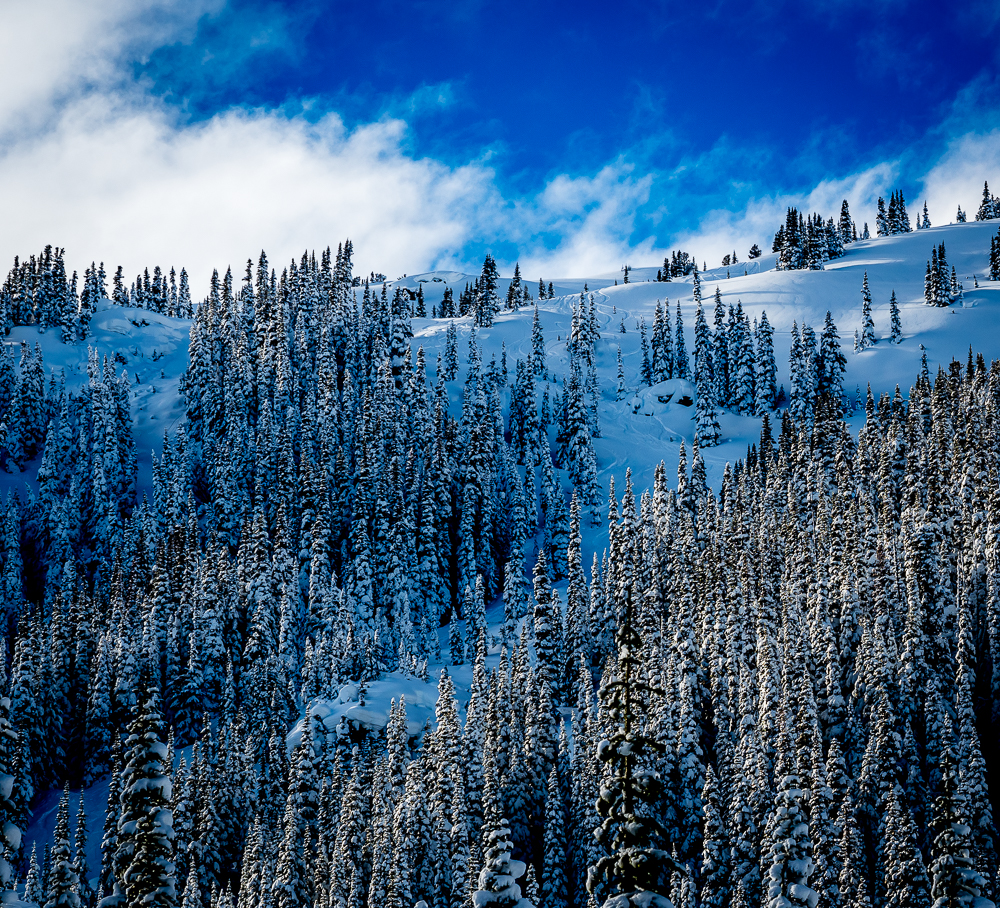









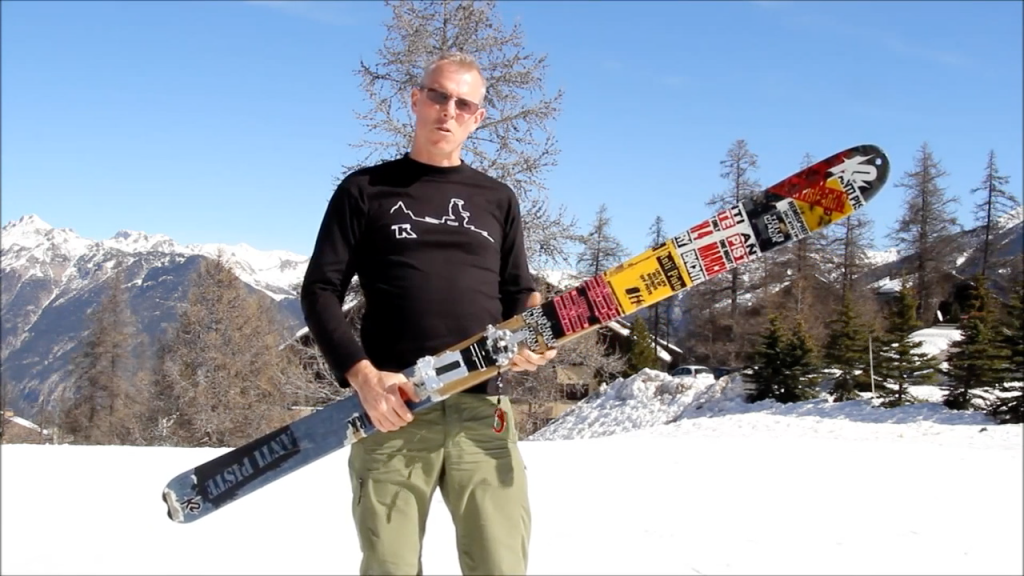




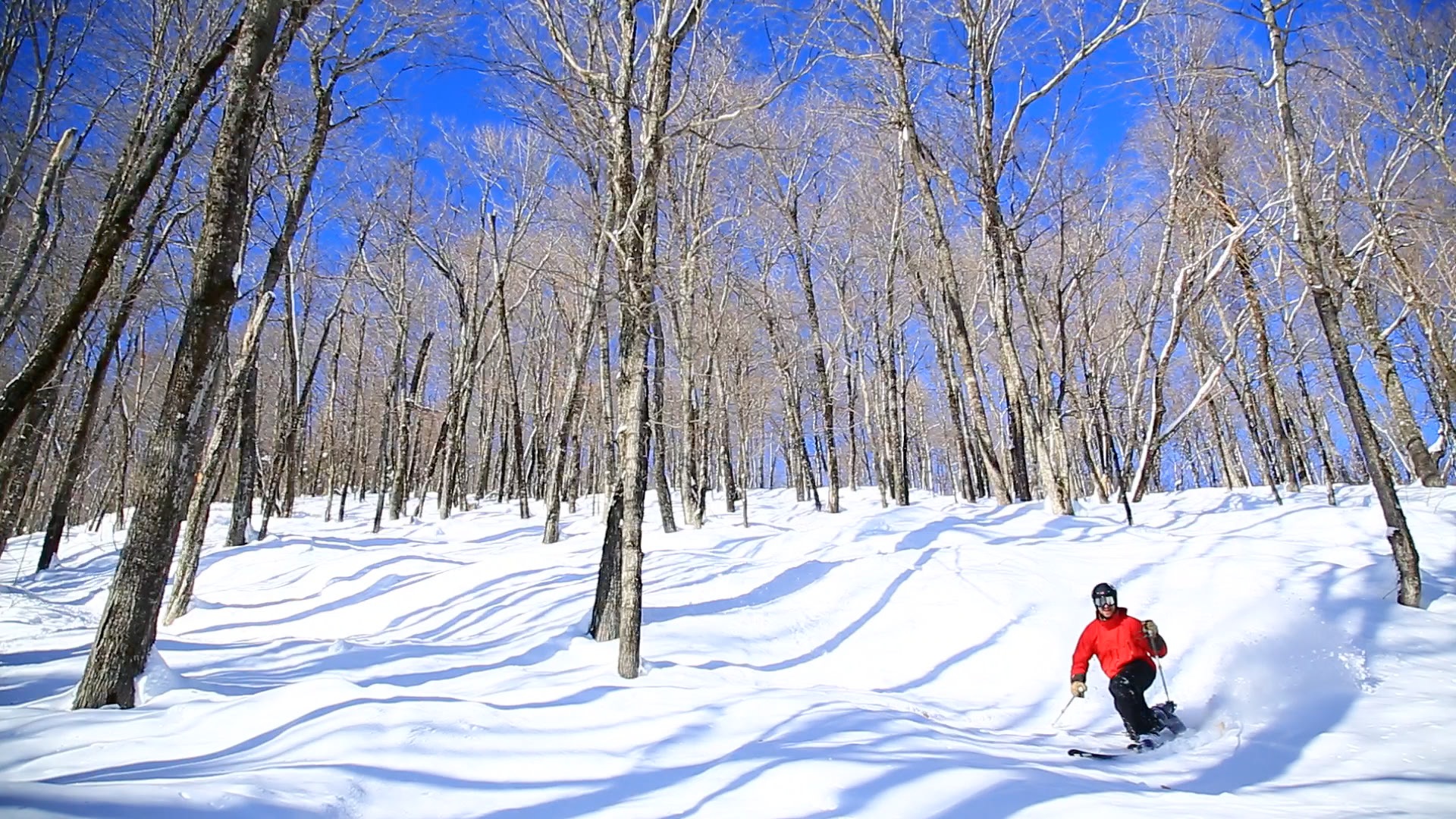
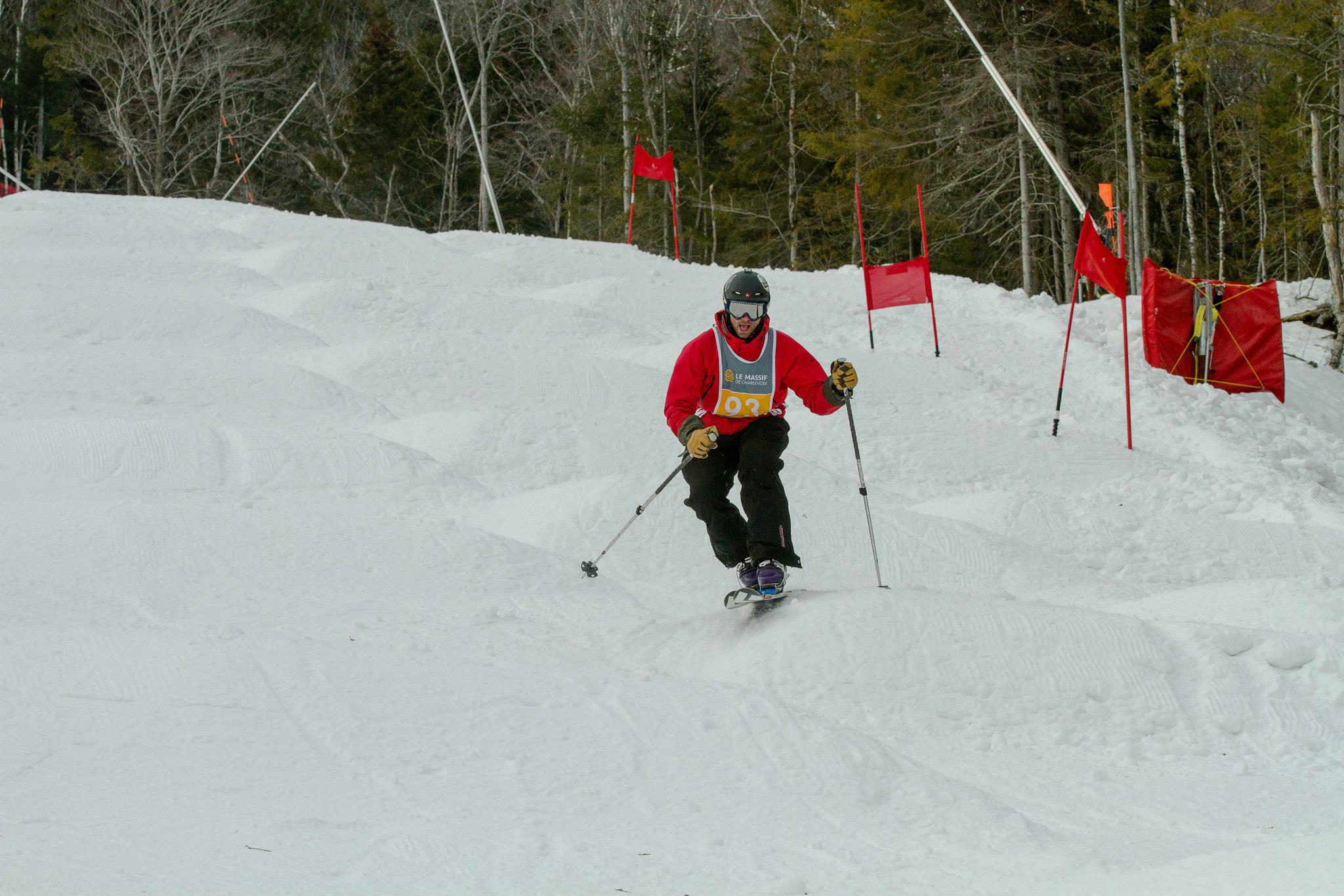




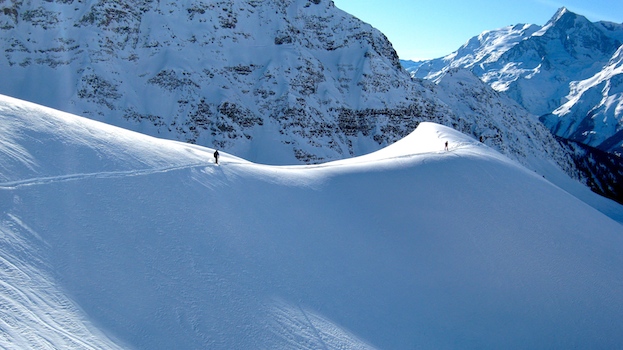












What others think about it